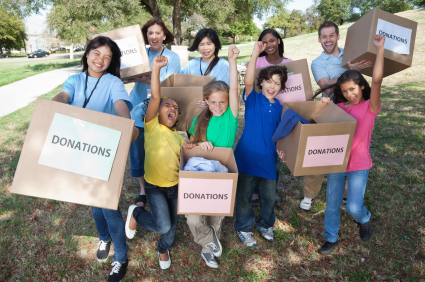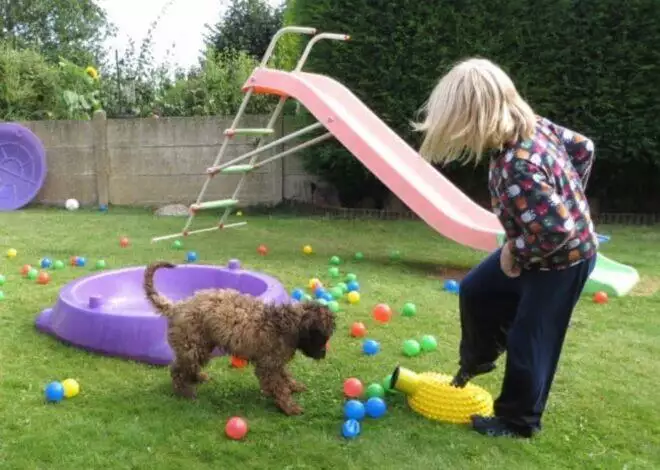There’s so much to do this time of year.
Between buying holiday gifts for family, teachers, the mailman, the gardener and colleagues at work, getting the cups and napkins for your kid’s holiday party at school, taking care of everything you need to do before you leave for wherever you’re spending the holidays, getting your nails done and your hair colored, finding an outfit to wear to a holiday party, and baking cookies for the cookie exchange you got invited to, it’s easy sometimes to forget about giving to those who are most in need.
But when you have children, there really isn’t anything more important during the holidays than setting an example of generosity towards those less fortunate.
For the last five years, we’ve “adopted” a family for the holidays through an organization called the Westside Children’s Center, which provides services and education for low-income families with various needs, and also helps find foster and adoptive homes for children who have been abused or neglected.
The family we have this year consists of a single mother with four kids, ages 12, 9, 7 and 5. The mother is unemployed and the whole family is currently living in a shelter while they wait to be approved for temporary housing. So this past weekend, my husband and I and our kids (also 9 and 7), spent the afternoon buying them warm coats, picking out Christmas presents for all of the children and getting gifts cards to a grocery store that can be used for Christmas dinner. The shopping day has become a family tradition for us by now, and it opens the door for lots of discussion about how bad luck or bad circumstances can easily land someone in the kinds of situations these families are in.
Yet, while I love this tradition of adopting a family at Christmas, I think my kids are old enough now to do more than just buy things for faceless people. I’ve always wanted to take them to volunteer at a soup kitchen or to take them to a homeless shelter, but I never knew where to go, or what was appropriate for children, or how we could be of the most help. And then, on Sunday, our temple organized a trip for fourth grade students and their families to a homeless shelter in Santa Monica called Turning Point.
Turning Point is a transitional shelter that can house 55 residents, each of whom are allowed to stay for up to nine months. On Sunday morning, a bunch of families went early to make eggs and pancakes at the temple, which we all then delivered and served to the residents, along with holiday cards and gifts that the kids had made in their religious school classes. I’ve volunteered at soup kitchens before and I’ve passed through homeless shelters to deliver food or clothes, but this was the first time I’d ever actually had the opportunity to sit and talk with some of the residents for any extended length of time, and also the first time I’d ever been able to take a tour of a shelter. I went there with the intention of impressing upon my daughter how fortunate she is, and also for her to see that homeless people aren’t necessarily scary, crazy people living under freeways, but just regular people who have fallen on hard times. I think she got that out of it. But I never expected for it to be the moving and powerful experience it was for me.
I spent nearly an hour talking with three or four of the residents there; one woman, Amy, had been in a car accident and couldn’t work because of a physical disability, and ended up homeless. Anthony has been a TV and film editor for fifteen years who lost his job and bounced around for a while before ending up there. Edward grew up in an affluent neighborhood, went to college and had a good job, but struggled with alcoholism for thirty years and lost everything. He’s seventy-five now and homeless. And Raymond, who’s forty, was involved with drugs and was in and out of prison, but now he’s cleaned himself up and is finding his way. All of these people sleep in a big room that’s divided into cubicles, almost exactly like a giant office space; except each cubicle has a tiny bed, a tiny desk, and a little cubby for their belongings.
My daughter sat on my lap while I talked with the residents at breakfast. She didn’t say anything, but she listened to every word, and I could see from her face that the people we met there were not the kind of people she was expecting to meet in a homeless shelter. She gave Amy a card she’d made, wishing her a happy holiday. Amy teared up when she read it, and told us that this was going to be the best Christmas she’d had in a long time.





